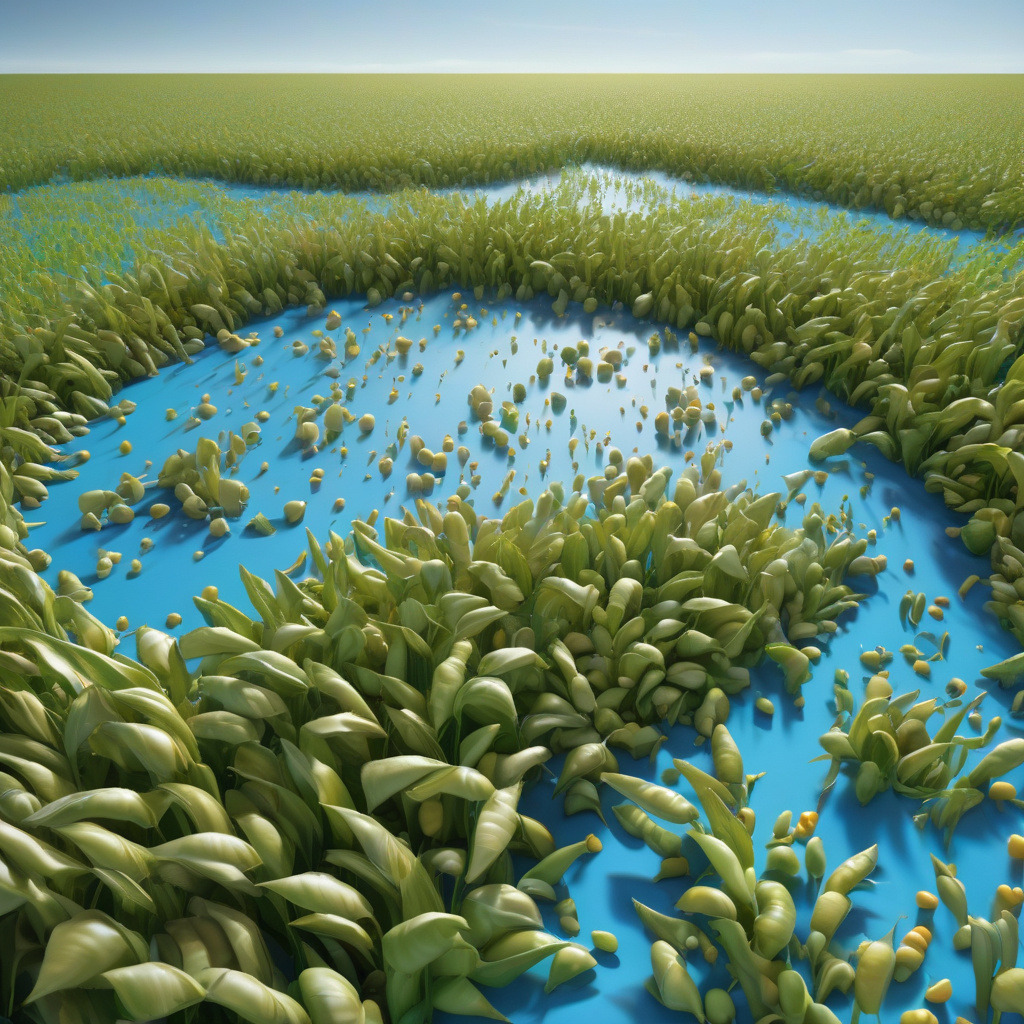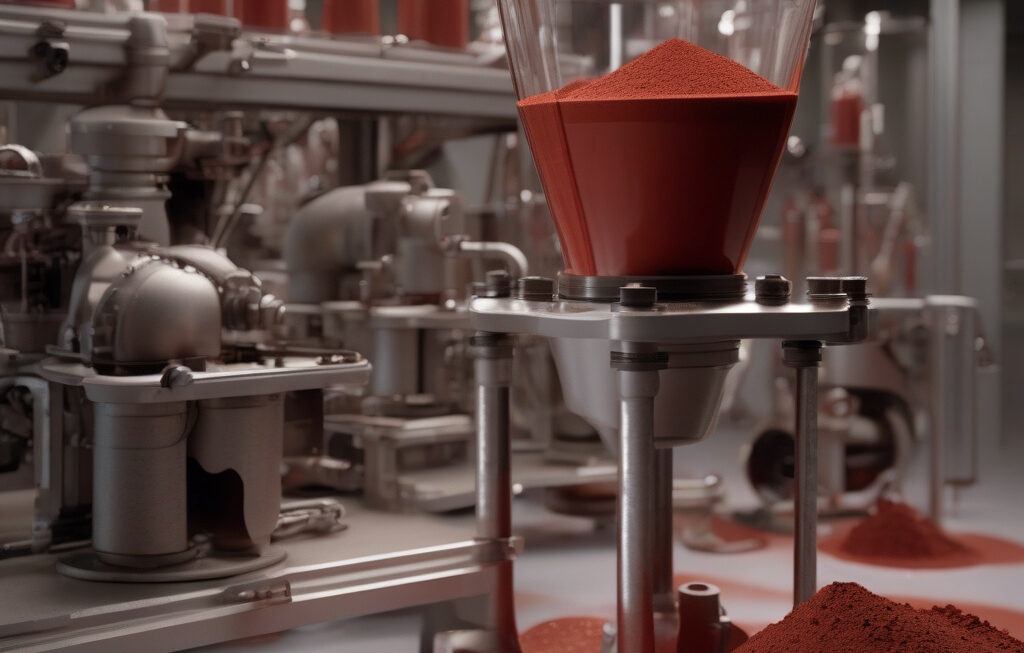Biodegradable Microplastics: The Impact on Agricultural Ecosystems
In recent years, the discussion surrounding microplastics has primarily focused on their harmful effects on the environment, particularly in oceans and wildlife. However, a lesser-known aspect of this issue is the role of biodegradable microplastics in agricultural ecosystems. Contrary to conventional plastics, biodegradable microplastics have the potential to influence soil health and crop productivity positively. Understanding their impact is crucial for sustainable farming practices and environmental stewardship.
One of the key ways biodegradable microplastics affect agricultural ecosystems is by promoting organic matter decomposition and nutrient cycling in the soil. When these microplastics break down, they create microenvironments that facilitate the growth of beneficial microbes responsible for decomposing organic matter. As a result, essential nutrients are released into the soil, enhancing its fertility and overall health. This process can lead to increased crop yields and improved soil structure, crucial for long-term agricultural sustainability.
Moreover, biodegradable microplastics can help mitigate soil erosion, a pressing issue in many agricultural regions worldwide. By binding together soil particles, these microplastics contribute to soil aggregation, reducing the risk of erosion caused by wind and water. This is particularly important in areas where intensive farming practices have depleted the soil’s natural ability to maintain its structure. The use of biodegradable microplastics presents a promising solution to combat soil erosion and preserve arable land for future generations.
Furthermore, the presence of biodegradable microplastics in agricultural soils can enhance water retention capacity. As these microplastics degrade, they form hydrogels that can absorb and retain water, reducing the need for frequent irrigation. Improved water retention not only conserves this precious resource but also promotes drought resistance in crops, especially in regions prone to water scarcity. By fostering a more efficient water management system, biodegradable microplastics contribute to sustainable agriculture practices that prioritize resource conservation.
It is essential to note that while biodegradable microplastics offer various benefits to agricultural ecosystems, their long-term effects remain a topic of ongoing research and debate. Concerns have been raised about the potential accumulation of breakdown byproducts in the soil and their impact on soil microbiota and ecosystem dynamics. Additionally, the sourcing and production of biodegradable microplastics must align with sustainable practices to ensure their overall environmental footprint is minimized.
In conclusion, the influence of biodegradable microplastics on agricultural ecosystems presents a complex yet promising area of study. By understanding how these microplastics interact with soil and crops, we can harness their potential to enhance agricultural sustainability and resilience. As research in this field continues to evolve, incorporating biodegradable microplastics into sustainable farming practices has the potential to revolutionize the way we approach modern agriculture.
The post How biodegradable microplastics affect agricultural ecosystems appeared first on Innovation News Network.
#BiodegradableMicroplastics, #AgriculturalEcosystems, #SoilHealth, #SustainableFarming, #EnvironmentalStewardship












